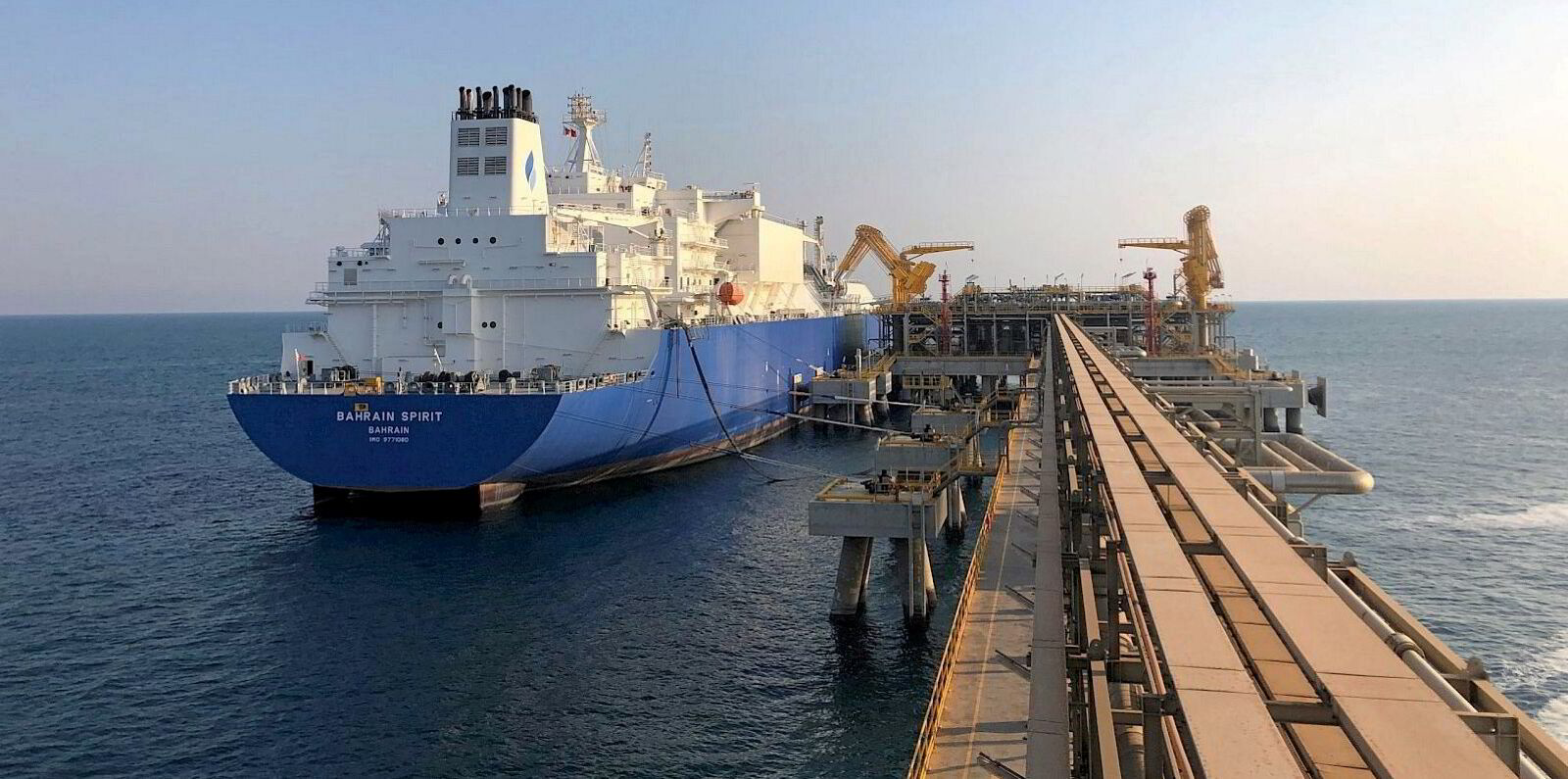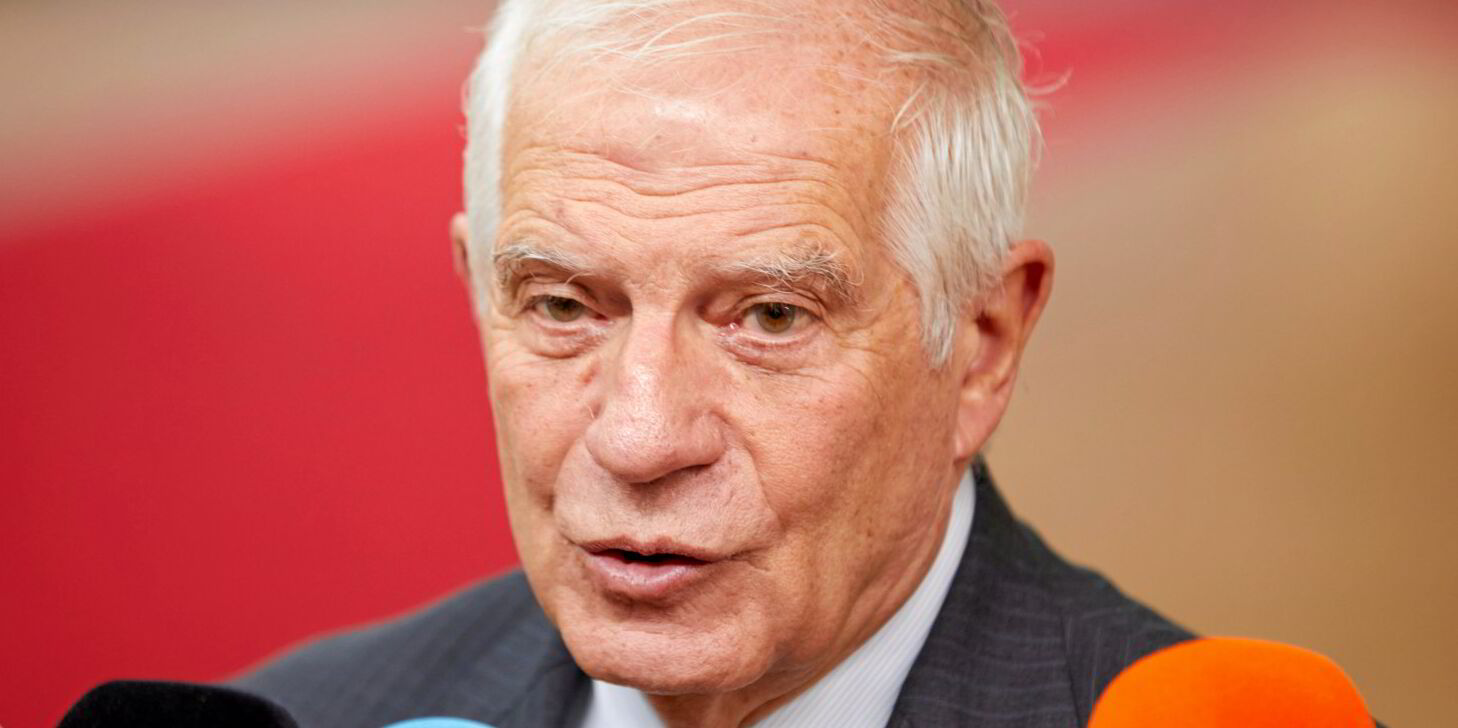Global LNG markets are in a state of “fragile equilibrium” due to supply constraints and several major uncertainties according to the International Gas Union (IGU).
In this year annual 2024 World LNG Report publication, the IGU says the US’ decision to pause the issuing of non-free-trade-agreement (FTA) permits for liquefaction developments could delay over 70-million tonnes per annum of new capacity.
In addition it says sanctions on Russian LNG could impact almost 20-mtpa of expected production.
The 83-page report also lists other issues including shipyard bottlenecks — it said yards have typically delivered 60 LNG carriers per year but will need to up this to over 80 in the 2024 to 2026 period — and the ongoing security risk in the Middle East.
It also highlights that over 120 mtpa of existing liquefaction capacity is over 20 years old and says some of these facilities are being mothballed due to insufficient upstream gas production.
IGU president Li Yalan said in a message: “.. LNG market conditions remain tight, despite lower price. The global market’s newfound equilibrium is still fragile and sensitive to uncertainties from supply and demand sides.”
Li said the LNG industry has shown incredible agility and innovation through some of the toughest tests of the recent years.
She said: “This is an industry that continues to play a pivotal role to navigate through an energy crisis that has not yet been fully resolved and an energy transition that has been challenged.”
Global LNG trade grew by 2.1% in 2023, the IGU said, linking 20 exporters with 51 importers.
The report detailed that LNG supply grew by just 0.8% in 2023 with the additional volumes coming from Tangguh LNG’s third 3.8 mtpa train.
But it said global liquefaction capacity is likely to grow to over 700 mtpa by 2030 as new projects start up and others move forward on the back of growing Asian demand.
The IGU said the US became the largest LNG producer and exporter in 2023 with 84.5 million tonnes followed by Australia on 79.6 mt, Qatar 78.2 mt and Russia 31.4 mt.
LNG receiving capacity jumped by 70 mpta in 2023 — the highest year for new additions since 2010 — with Europe adding 30 mtpa, Asia 26.9 mtpa and Asia Pacific 13 mtpa to reach 1,029.9 mtpa across 47 markets at the end of February 2024.
The Philippines and Vietnam joined the club of LNG importers in 2023.
China clocked in as the largest LNG importer with 71.2 mt. Japan and Korea remained in second and third with India fourth and Europe claiming the title of second-largest importing region importing 121.2 mt in 2023.
“With LNG supplying almost half of Europe’s gas, the competition between Asian and European markets remains a key market dynamic,” the IGU said.
The body said the global LNG market continues to rapidly evolve as it responds to growing gas demand in emerging markets, increasing number and diversification of market participants, and the acceleration of technology development and innovation.
It detailed that in 2023 about 180 companies were involved in LNG deliveries under term contracts, while about 35% of the transactions were spot priced.
“The LNG industry is no longer a game only for big markets or big companies, with portfolio players playing an increasingly more important role,” the IGU said.







